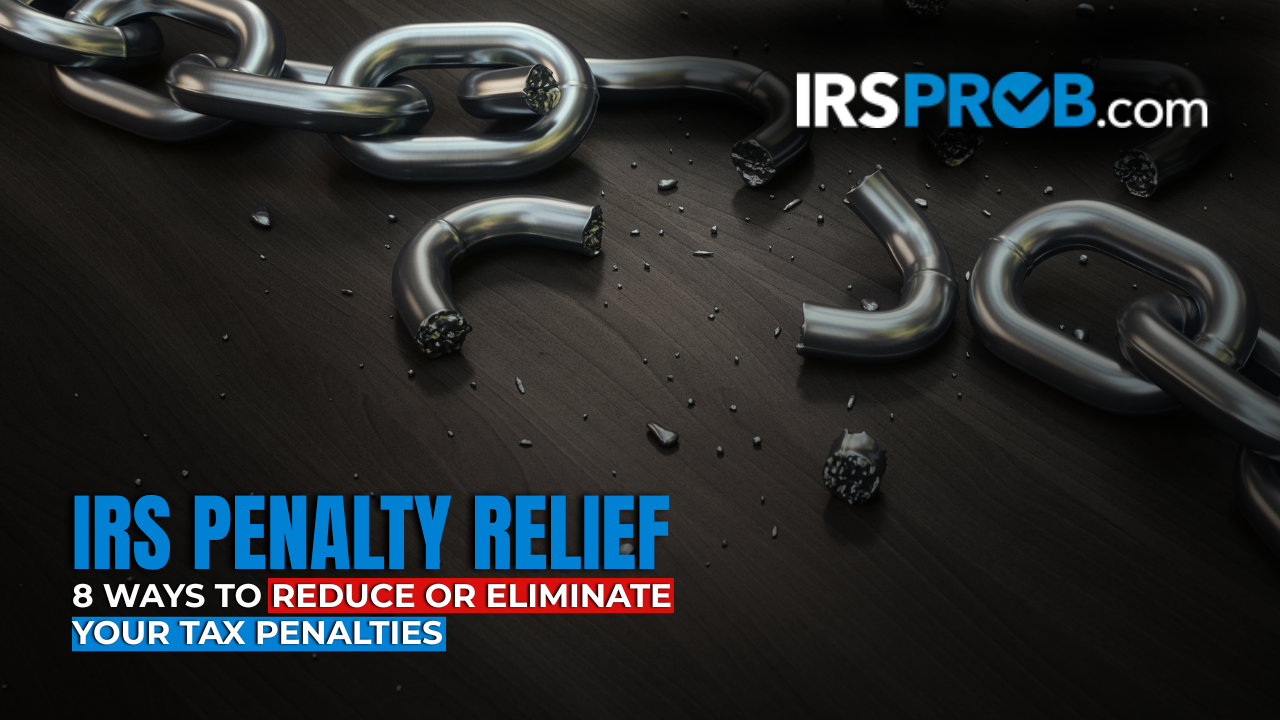[vc_row][vc_column][vc_column_text]
The IRS noticed that average gas prices across the United States exceeded $5.00 a gallon and took action.
Small businesses that qualify to use and do use the standard mileage rate can deduct 62.5 cents per business mile from July 1 through December 31, 2022. This brings up a practical question: what to do if you track business mileage using the three-month sample method?
Here are the basics of how the IRS describes the three-month test: The taxpayer uses her vehicle for business use. She and other members of her family use the vehicle for personal use. The taxpayer keeps a mileage log for the first three months of the taxable year, showing that she uses the vehicle 75 percent of the time for business. Invoices and paid bills show that her vehicle use is about the same throughout the year. According to this IRS regulation, her three-month sample is adequate for this taxpayer to prove her 75 percent business use.
To use the sample rate, you need to prove that your vehicle use is about the same throughout the year. Your invoices and paid bills prove the mileage part, and your appointment book can add creditability to consistent business and personal use.
If you have a mileage record for the entire year, no problem. Your record gives you the mileage for the first six months and the last six months.
The IRS is in charge of updating the standard mileage rates for business, medical, and moving mileage. Note that the IRS responded to the increased gas prices. Give the IRS credit. But guess who’s in charge of the charitable rate? Congress. Congress has not updated the charity rate—not only for this year—but for far too many years. The charitable mileage rate remains at 14 cents a mile.[/vc_column_text][us_image image=”3659″][/vc_column][/vc_row]






